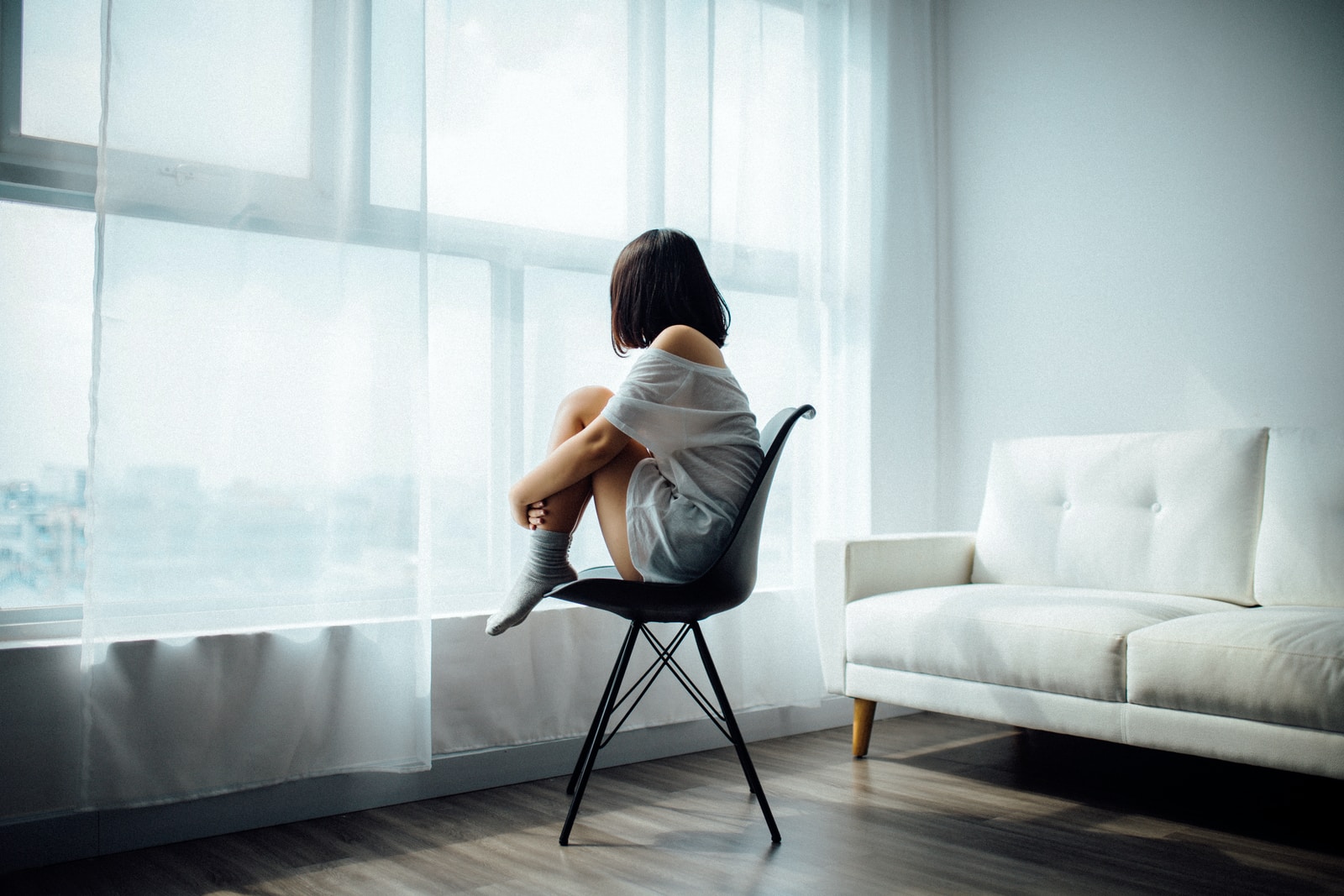Ten million Americans struggle with seasonal depression. As actor Stewart Stafford said “January is the calendar’s ingrown hair.”
Winter can be a very difficult time of year for people, especially in areas that have a lot of snow and cold temperatures. January seems to be an especially difficult month after the ups and downs from the holidays. Many experience unmet expectations, family distress, and a lull after a busy time.
Seasonal depression (seasonal affective disorder- SAD) is depression that happens at a certain time of year every year. For those who live in colder climates, it tends to happen in the winter months when it is cold and when there are fewer hours of sunlight. Usually, the depression starts to get better by the spring or early summer and comes back again in late fall or winter. The Mayo Clinic states that the symptoms of winter-onset Seasonal Affective Disorder include: oversleeping, appetite changes, weight gain and tiredness or lower energy than normal. Spring and summer SAD include: trouble sleeping, poor appetite, weight loss, agitation or anxiety and increased irritability.
What are the causes of seasonal depression?
Many researchers think it is caused by changes in circadian rhythm. When there is a decrease in sunlight, it changes the way your body’s internal clock works. This can cause feelings of depression. It also may be due to low serotonin or melatonin levels. Low levels of Vitamin D are also a factor as Vitamin D is known to boost serotonin. A doctor I spoke to in New Hampshire told me that in the New England states, the only month individuals get close to the amount of vitamin D they need from the sun is in July. Even in July, it is not the full amount they should be getting! So I interpret that as the doctor telling me that I need to take several trips to Florida in the Fall and Winter to combat any potential seasonal depression symptoms….right?
Is it different than having winter blues?
Seasonal Affective Disorder is more intense than just not liking the cold and short days. It is more common for those who have a history of depression or have family members with depression.
How can I prevent SAD or make it go away if I already have it?
Light therapy is something I have seen work with a number of my clients. There are light boxes that you can buy on Amazon and you can use it every day during the Fall and Winter months so that you are getting the exposure to “sunlight.” Counseling is also helpful because you can process the emotions you are experiencing and learn coping skills to help decrease the depressive symptoms. If the Seasonal Depression is causing suicidal or self-harm thoughts, it is imperative to go to the nearest emergency room to be evaluated.
It is so important to maintain a healthy lifestyle throughout the winter months. On the days that are cold and you want to stay inside, find a way to be active. It is also important to eat healthy. I know for me; I love the taste of carbs even more in the winter! However, it is important to still eat healthy and make sure you are getting your fruits and vegetables and having a well-rounded diet. That means if you are going to have a large pizza, throw in a salad with the pizza so you are getting your vegetables still.
If there is day where the temperatures get warm enough, it is a good idea to get outside and just be in the sunlight as much as possible. Also, spending time with friends and having a community can help decrease the symptoms of SAD. Another great idea is to find somewhere to volunteer or a church or local nonprofit to get involved in and have community together. We as humans were created to be in community with others and when that lacks, depression can increase. That is one of the reasons the pandemic has increased depression in individuals…but that is for another blog post!
Reach out to us at the Burke Community Church Counseling Center


